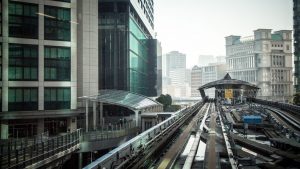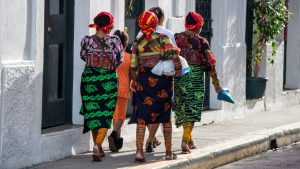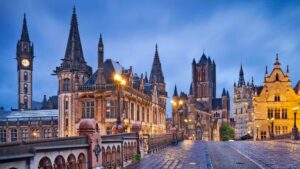Best Things to Do in Brussels
Welcome to Brussels – the capital of Belgium and the administrative center of the European Union. While few people fall in love with it on the first day, it definitely has a lot to offer. This walkable city is a melting pot of different cultures and traditions and is known for rich cultural heritage, stunning architecture, and delicious cuisine. Here are some of the best places to visit and things to do in Brussels to make your visit memorable.
1. Explore the Grand Place
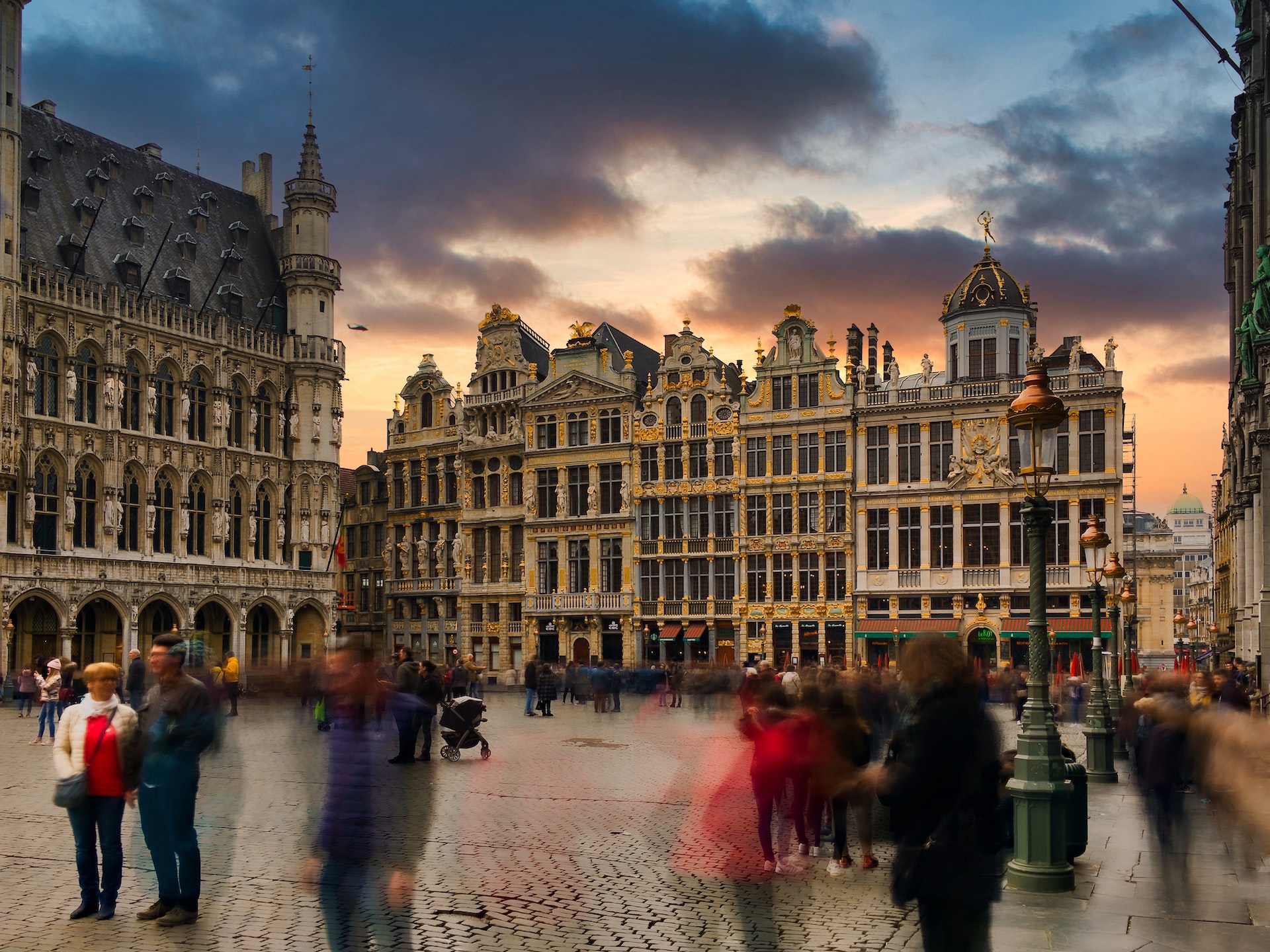
The Grand Place, also known as the Grote Markt, is the central square of Brussels, Belgium. It is a UNESCO World Heritage Site and considered one of the most beautiful squares in Europe. The Grand Place is surrounded by beautiful, ornate guildhalls and the grand Town Hall. The square is also home to the famous Brussels’ Flower Carpet, a colorful floral display that takes place every two years in August. The Grand Place is a popular spot for tourists and locals alike, and it’s a great place to people-watch, grab a bite to eat or have a beer or two at one of the outdoor cafes. It’s also a great location to experience the cultural events and festivals that take place throughout the year.
2. Visit the Atomium
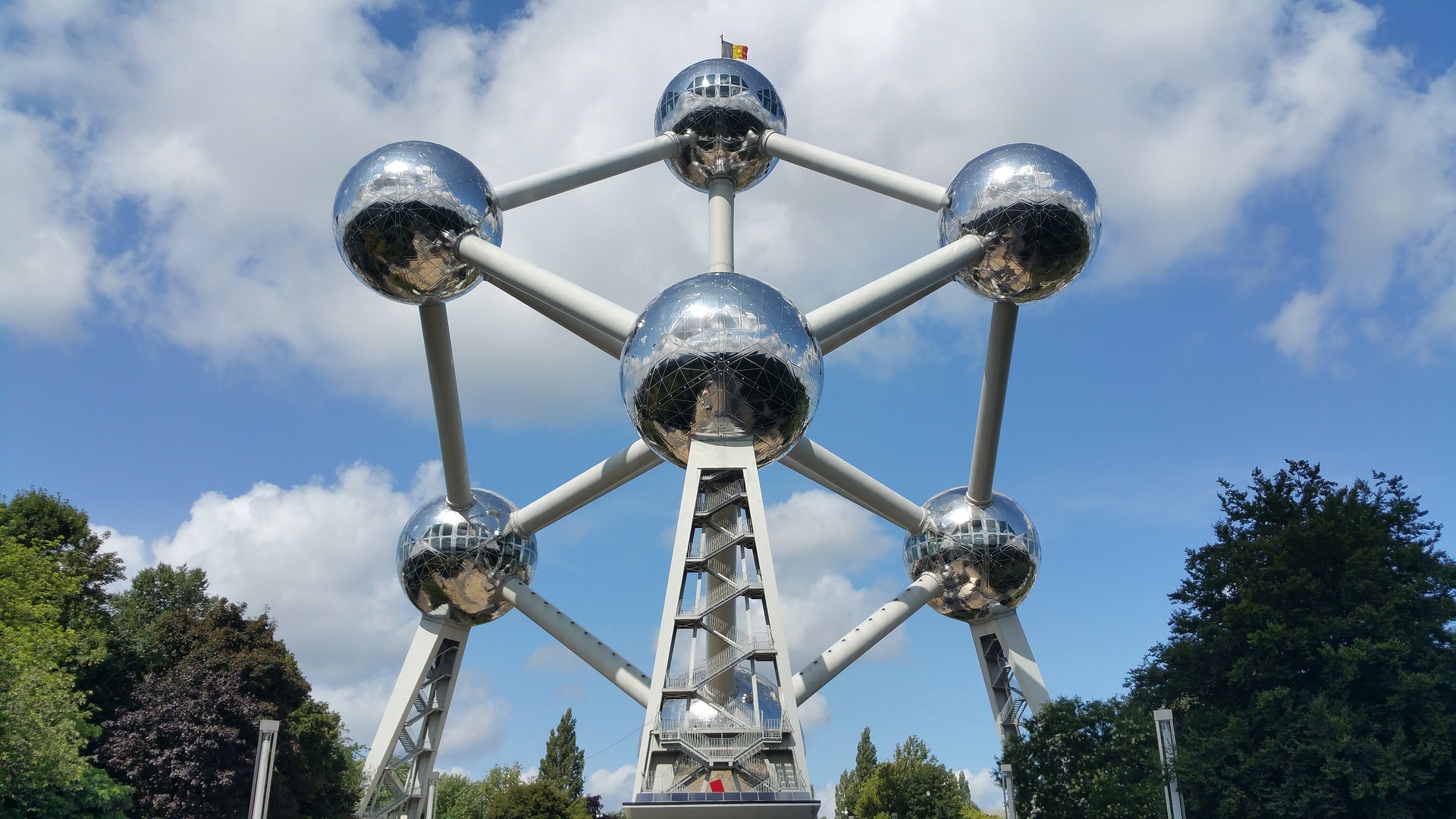
The Atomium is a modernist building located in Brussels, Belgium. It was originally built for the 1958 World’s Fair and it is a landmark of the city. The Atomium is a steel structure that consists of nine spheres, connected by tubes. The spheres are connected by escalators and elevators and offer panoramic views of the city from its observation decks. The top sphere reaches a height of 102 meters (335 feet) and offers a great view of the surrounding area. The Atomium is also home to a number of exhibit halls and museums, including the permanent exhibition of the 1958 World Fair and the “Our Future Energy” exhibition which showcase the history and the future of energy.
Travel Tip: Book your tickets online and skip the line!
3. Take photos with the Manneken Pis
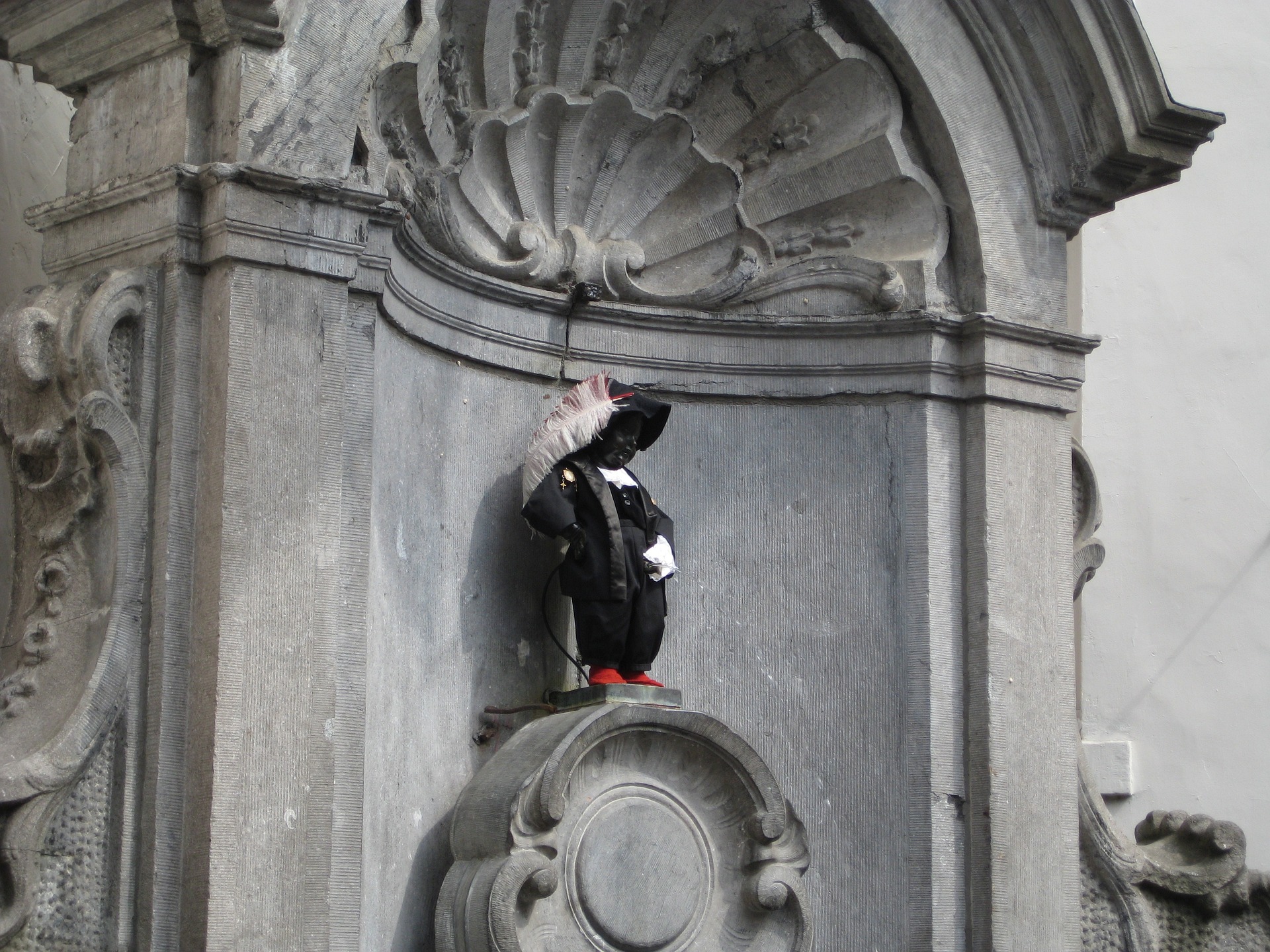
The Manneken Pis is a small bronze statue depicting a young boy urinating into a fountain’s basin. It is considered a symbol of Brussels, and is one of the city’s most famous landmarks. The statue is small in size, only 61 centimeters (24 inches) tall, and it is often surrounded by a crowd of people, especially during festivals and special events.
The origins of the statue are uncertain, but it is believed to date back to the 16th century. It has a rich history, with many legends and stories surrounding it. The statue has been stolen several times throughout history and has undergone several restorations. Today, there are many replicas of the statue all over the world. It’s also a tradition that the statue is dressed up in different costumes, especially on special events and occasions.
4. Explore the Mini-Europe
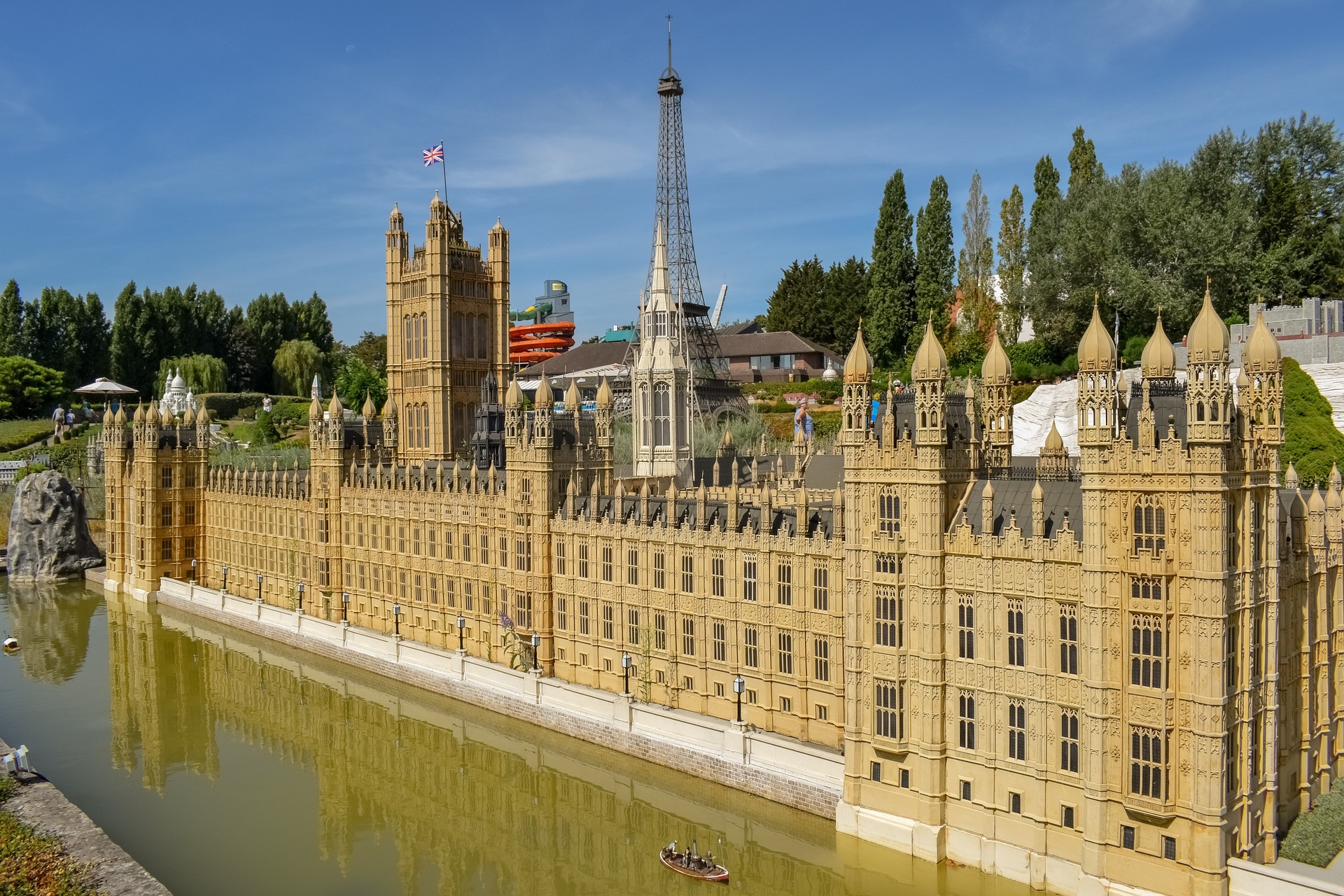
If you are visiting Atomium, consider getting a combo ticket to Mini-Europe – a miniature park that features scale models of famous landmarks and buildings from across Europe, including the Eiffel Tower, the Colosseum, and the Leaning Tower of Pisa. The park is located in the Heysel Plateau, near the Atomium and is a great place to visit many famous European landmarks in one place.
The park features over 350 miniature buildings, each one is an exact replica of the original building, made with great attention to detail, and true-to-scale. Some of the models are animated, with moving cars, boats, and trains adding to the realism. There are also interactive exhibits and audio-guides to give more information about the landmarks. Mini-Europe is a great place for families and those who are interested in European history and culture, and it’s a fun and educational way to explore Europe without having to travel too far.
5. Visit the Royal Palace of Brussels
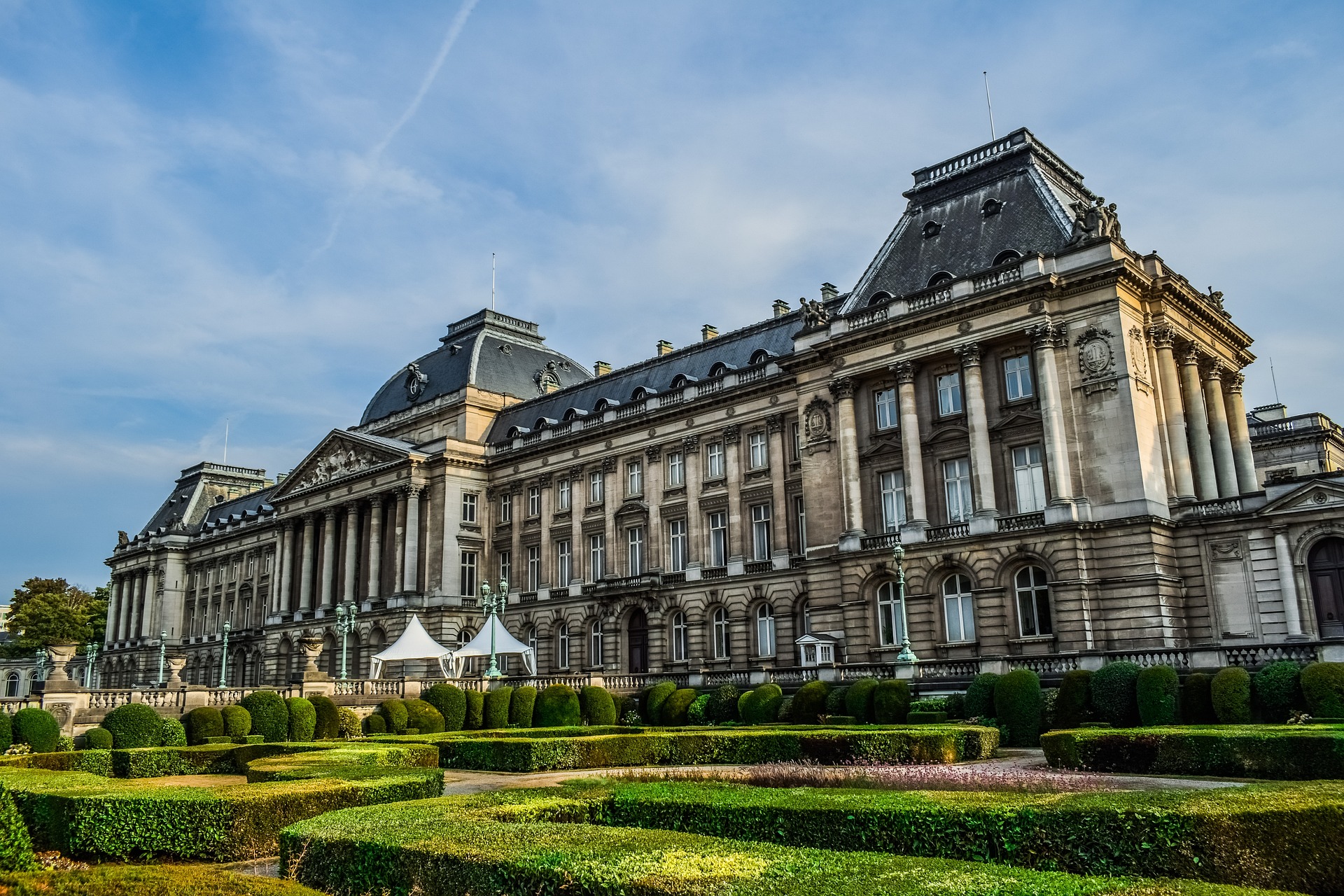
The Royal Palace of Brussels is the official palace of the Belgian King and Queen. It is located in the heart of Brussels, near the Grand Place and other major attractions. The palace is open to the public during the summer months, usually from July to September. During this time, visitors can take a tour of the palace and see the state rooms, including the Throne Room, the Mirror Room, and the Concert Hall.
The palace was originally built as the town hall of Brussels in the 15th century, and it was later converted into a palace in the 18th century. It has undergone several renovations and expansions over the years, and it’s a mix of architectural styles, primarily Gothic and Neoclassical. The building is surrounded by beautiful gardens and a park, which are also open to the public.
The Royal Palace of Brussels is not only a residence for the Belgian Royal family but also a working palace where the King and Queen carry out their constitutional and representative duties. It is also used for official events and ceremonies such as the swearing-in of the Prime Minister, and the reception of foreign heads of state.
6. Explore Royal Museums of Fine Arts of Belgium
The Museum of Fine Arts in Brussels, also known as the Royal Museums of Fine Arts of Belgium, is a collection of art museums located in the heart of Brussels. The museum, considered as one of the most important art museums in Brussels, is home to a wide range of artworks, from the 15th century to the present day. The collection includes works by famous Belgian and European artists such as Peter Paul Rubens, Jan van Eyck, and Rene Magritte. The museum also features a large collection of sculptures, decorative arts, and prints.
The museum is housed in several buildings located in the city center, including the King’s House and the Old Masters Museum. The King’s House is a beautiful 18th-century neoclassical building that houses a collection of paintings, sculptures, and decorative arts from the 15th to the 18th centuries. The Old Masters Museum is located in a separate building and is dedicated to the exhibition of the museum’s collection of paintings from the 15th to the 18th centuries.
The museum also features temporary exhibitions, lectures, and workshops, which cover a wide range of art-related subjects and are open to the public. The museum also has a large library and archives with a vast collection of books, catalogs, and other resources on art and art history. The Museum of Fine Arts is a must-see for art lovers and anyone interested in the history of Belgian and European art.
Travel Tip: Book your tickets online to skip the lines and ensure availability.
Online tickets to Fin-de-Siècle & Old Masters Museum.
Online tickets to Magritte Museum.
7. Have a beer at Cantillon Brewery
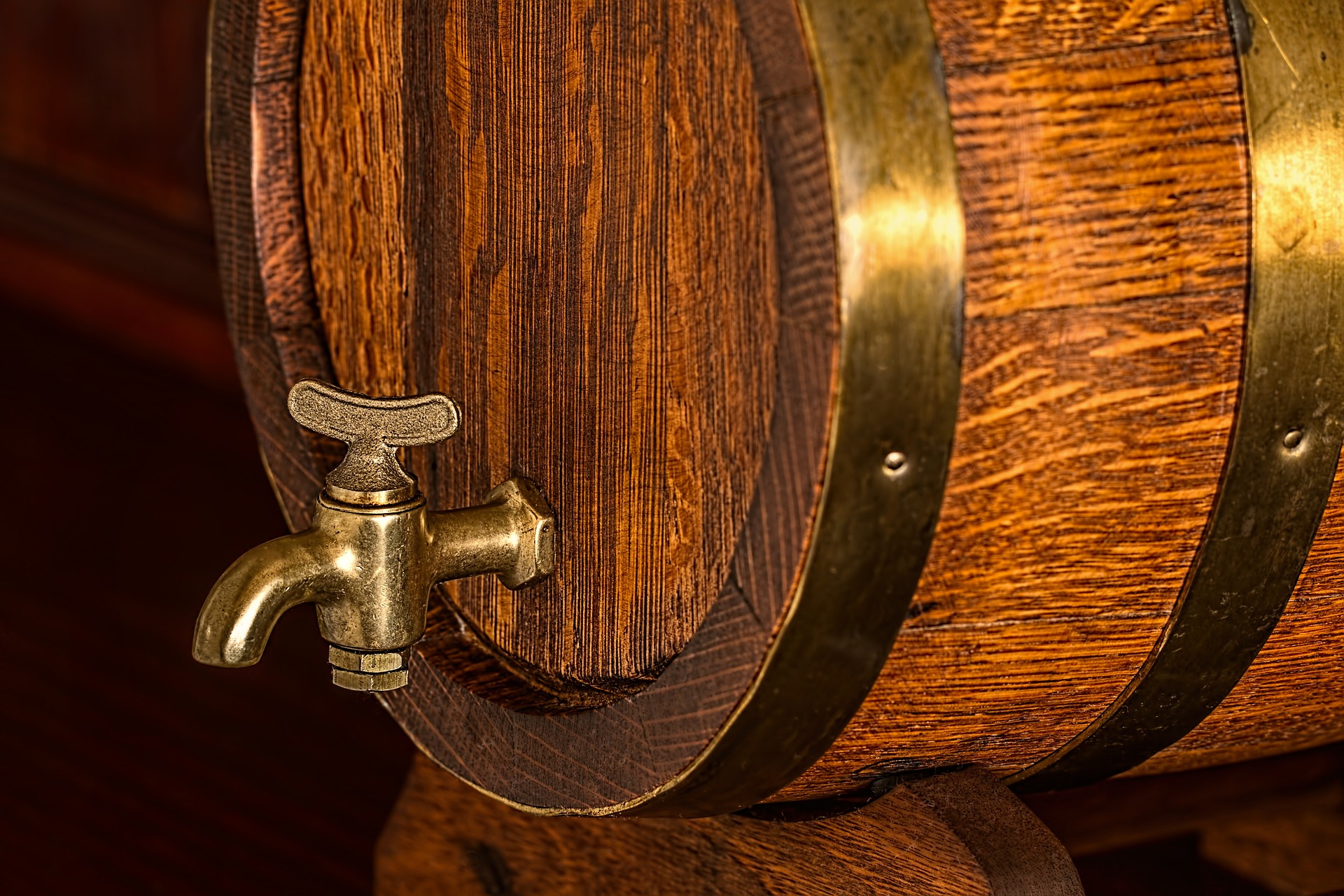
Cantillon Brewery, also known as Brasserie Cantillon, is a traditional lambic brewery located in the city of Brussels, Belgium. The brewery is known for its production of lambic beer, a traditional Belgian beer style that is made using spontaneous fermentation. The brewery is a small, family-run operation that has been in business since 1900.
The brewery is located in an old building in the Anderlecht district of Brussels, which has been converted into a museum. Visitors can take a tour of the brewery and learn about the traditional methods used to make lambic beer. The tour includes a visit to the brewery’s production areas, where you can see the copper kettles, the coolship (a large open vessel used for cooling the wort), and the oak barrels used for aging the beer. Visitors can also taste the different types of lambic beers produced at the brewery.
The brewery is also home to the Gueuze Museum, which tells the history of the lambic beer and the brewery through artifacts, photographs, and interactive exhibits. Visitors can learn about the traditional methods of brewing lambic beer and the history of the Cantillon brewery. The brewery is considered a living museum, as it continues to produce lambic beer using the same traditional methods and equipment that have been used for centuries.
Cantillon brewery is definitely a true gem for beer enthusiasts, and it’s a great place to visit for those who want to learn about traditional Belgian beer-making methods and taste some unique and authentic beers.
8. Take a stroll in the European Quarter
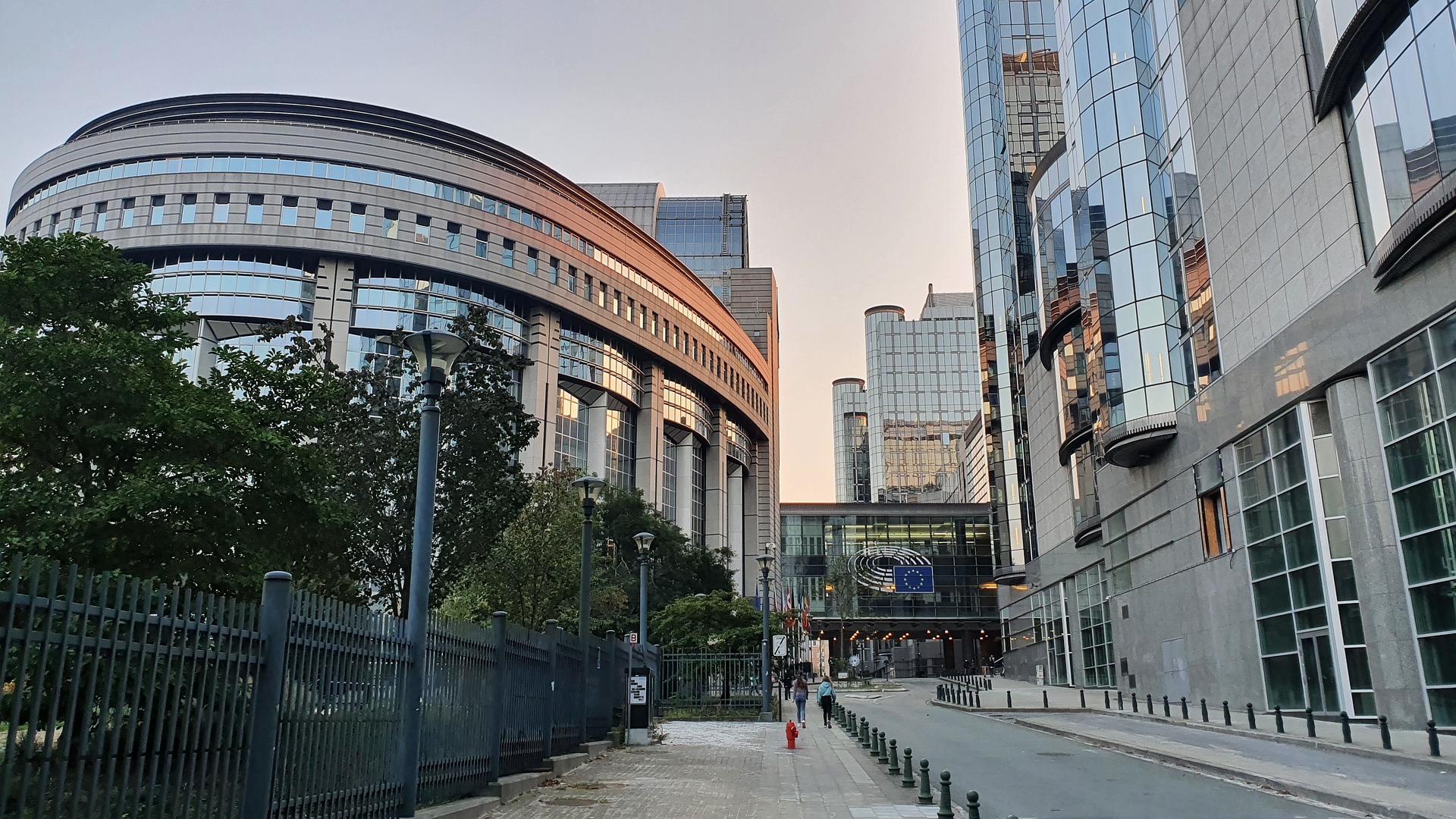
The European Quarter is a neighborhood in Brussels, Belgium, that is home to many of the major institutions of the European Union (EU). The quarter is located in the eastern part of the city, between the Leopold Park and the Schuman roundabout. The area is known for its high concentration of EU buildings, including the headquarters of the European Commission and the European Council, as well as the European Parliament.
The European Quarter is also home to many other EU-related institutions such as the European Economic and Social Committee, the European Investment Bank, and the European External Action Service. The quarter also has many other important buildings such as the Berlaymont Building, which houses the European Commission, and the Justus Lipsius building, which serves as the headquarters of the European Council.
The European Quarter is a popular spot for visitors, but gets empty on the weekends and at night. Visitors can also take a guided tours of the EU institutions, which offer an insight into the workings of the EU and the role of these institutions in shaping European policies and decisions.
Travel Tip: You can find more information on visiting the European Parliament here.
9. Enjoy Belgian chocolate
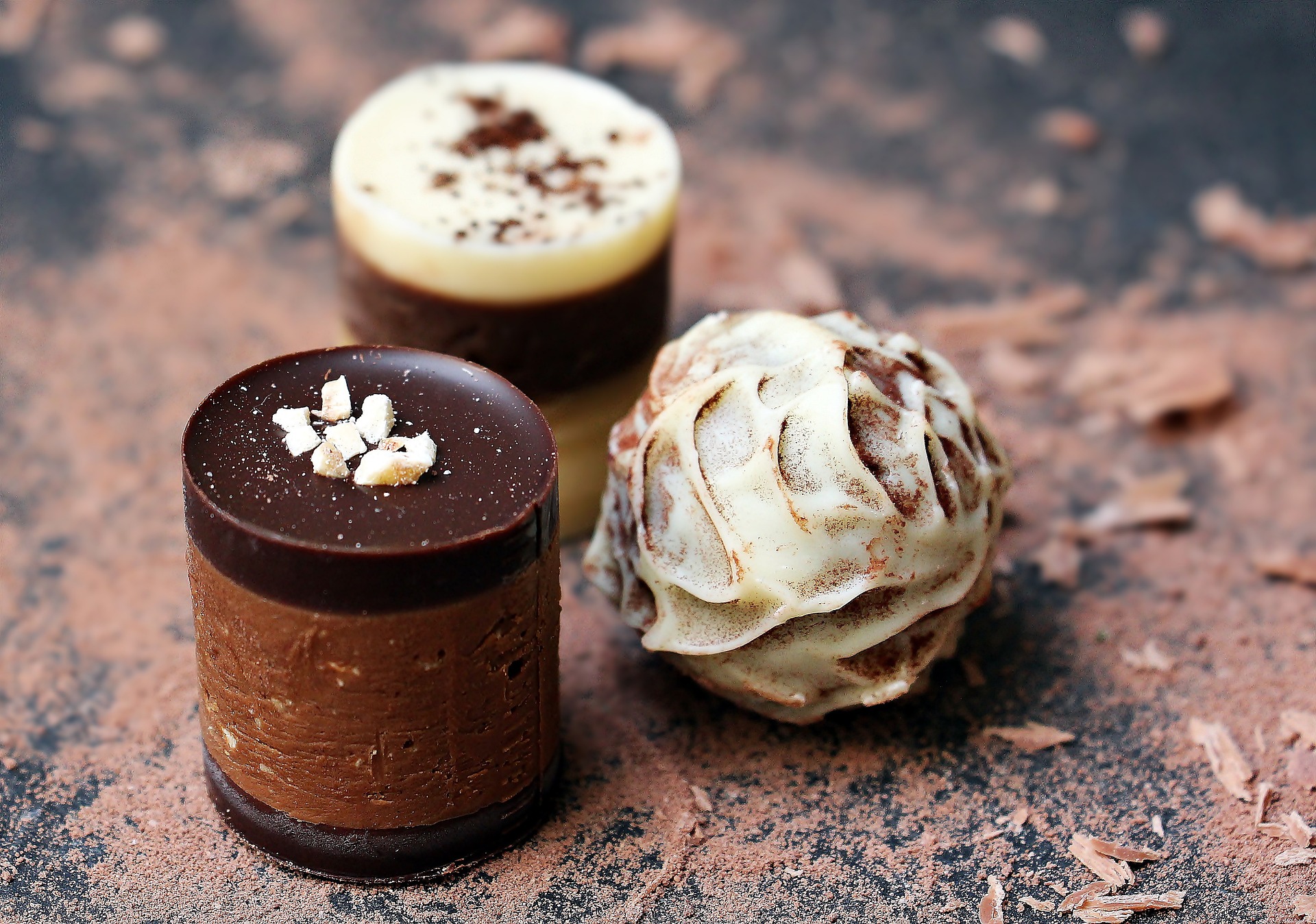
Best thing to do in Brussels? Eat the best chocolate in the world! Brussels is known for its world-renowned Belgian chocolate, which is widely available throughout the city. There are many chocolate shops and boutiques in Brussels that offer a range of high-quality chocolates, from classic truffles and pralines to more innovative and experimental flavors. Some of the most famous Belgian chocolate shops in Brussels include Neuhaus, Leonidas, Godiva, and Pierre Marcolini. In addition, there are many smaller, artisanal chocolate shops which offer handmade chocolates made from high-quality, locally-sourced ingredients. Many of the chocolate shops in Brussels also offer workshops and tastings, where visitors can learn more about the history and production of Belgian chocolate and sample different varieties of chocolates.
Travel Tip: If chocolate is your sin, don’s miss the Chocolate Museum where you can make your own chocolate with the help of professional chocolatier.

